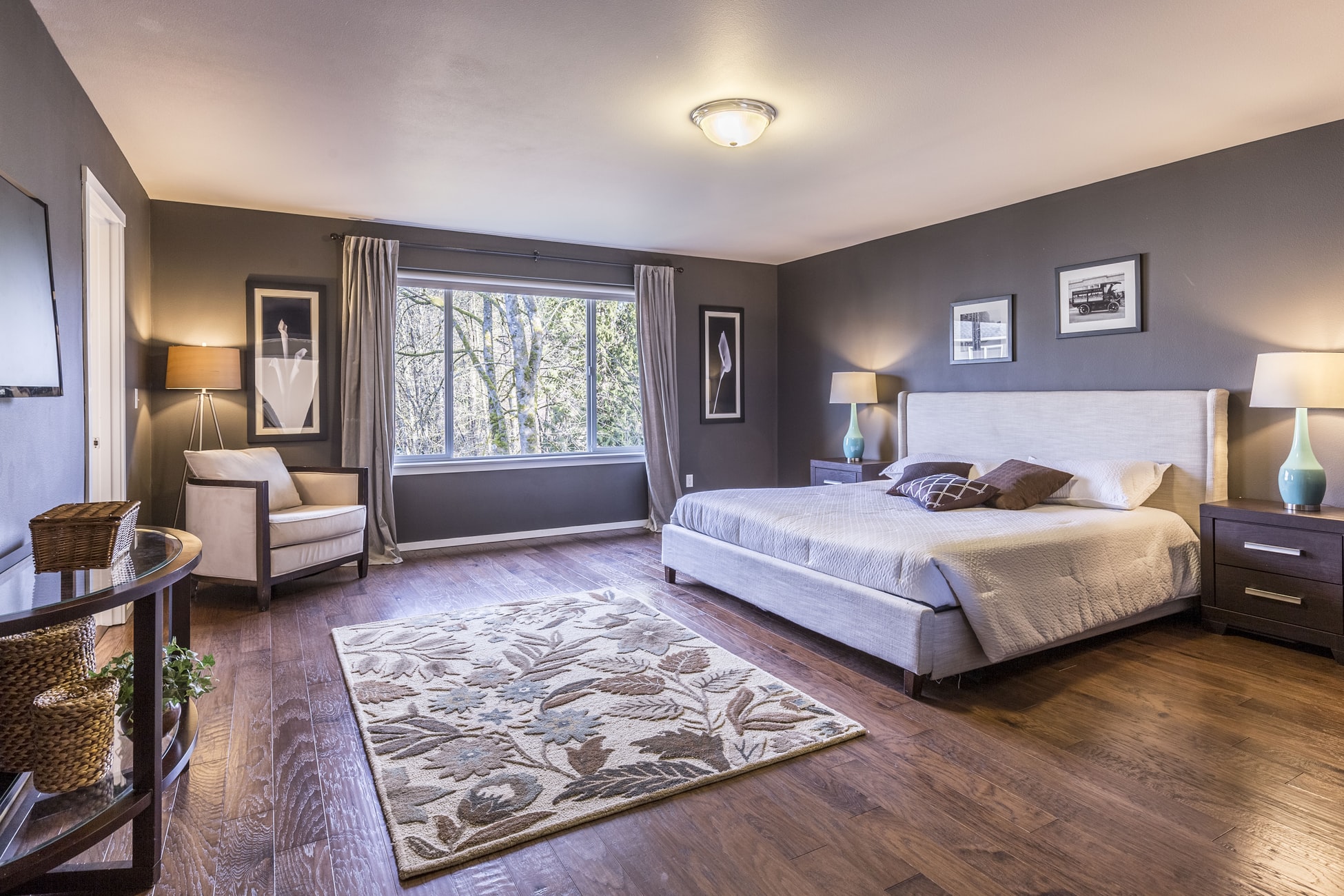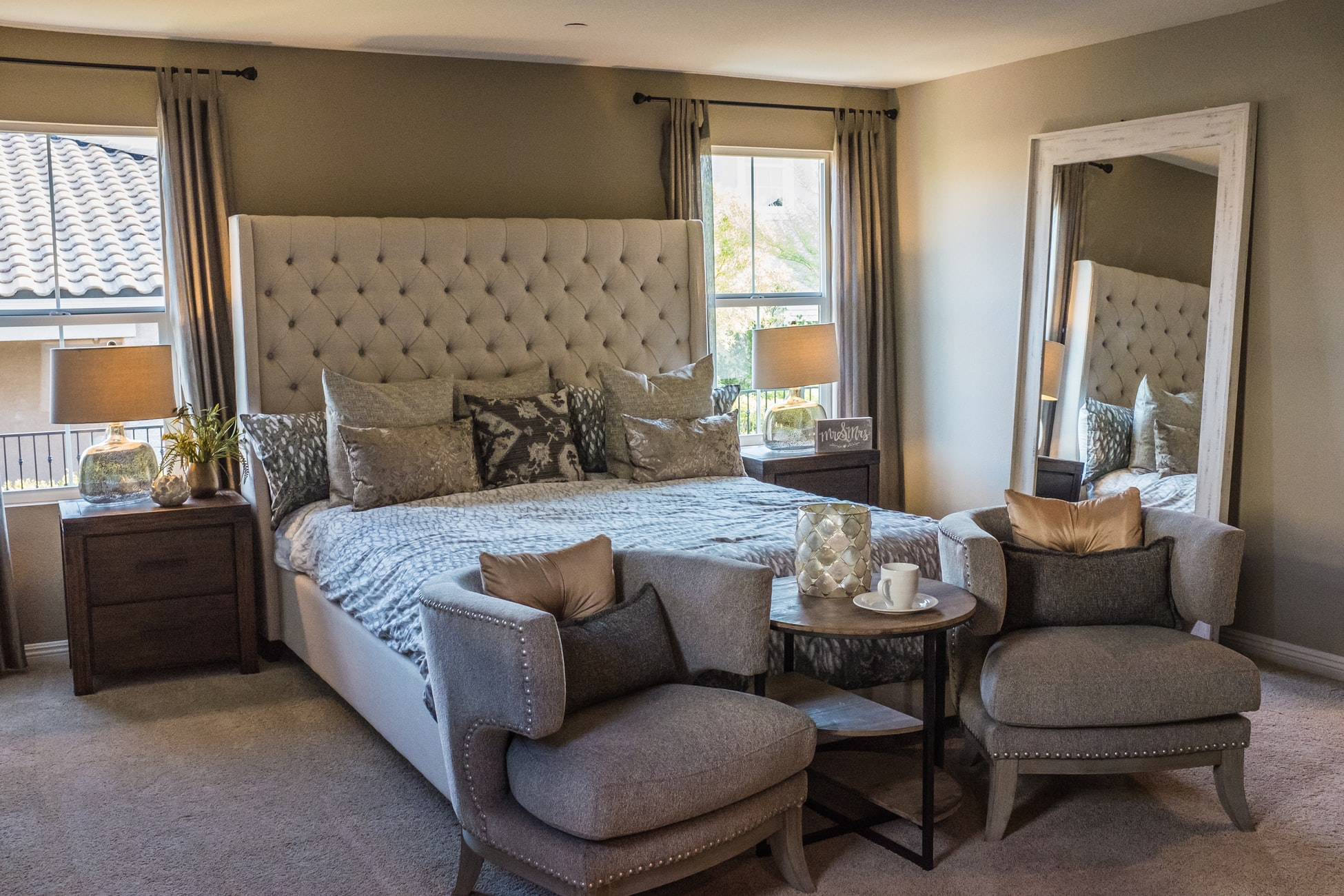Some people will, either by choice or through necessity, spend most of their time in their bedroom. So, it’s important that this is a special place that they can truly call home.
For residents who spend a lot of time in their rooms, issues of isolation and boredom are a big concern. And for anyone new to a care home, making their room feel welcoming and homely is vital too.
FEELING AT HOME
Encourage them to have art and pictures of their own that they like, as well as a favourite armchair, bedding, blankets and even curtains and cushions. When someone moves into a care home, ensure that they bring with them their favourite items, photographs, knick-knacks, mugs, a clock and so on. Also ask them to bring favourite books, board games, puzzle books or their beloved Roberts Radio.
If you have the capacity, discuss colours on the walls and see if they can be repainted, or have different wallpaper. Choosing these things together can be a lovely activity. Don’t be afraid to use colour, as it can help people identify different areas of their room.

Make sure there is a balance of natural and man-made textures and materials, as it helps create another point of difference. And also think about lighting – if they read a lot, have a strong light over their armchair, but something softer next to the bed can be soothing and remind someone that it’s the evening.
Position a chair near a window – natural light is so important for our wellbeing – and make sure the curtains or blinds are easy to open and close. If space allows, try to ensure that this area has another chair and a small coffee table to create spaces for connection and visitors. Allow them to have vases, fresh flowers or even indoor plants – it’s important for someone to feel they can be welcoming and make things look nice.
THINGS TO DO
Not only do activities coordinators – and carers – need to make sure that they visit residents in their rooms, but it’s also important that you consider how residents are supported when you aren’t with them.
When someone is alone in their room, it is even more important that we support them to be stimulated by their environment.

TOP FIVE KEY BEDROOM MUST-HAVES
- Something within reach for the person to look at, read, or admire.
- Something to listen to – a radio or a CD they like in the machine.
- Something to touch – a memory or rummage box of much-loved items.
- Something to encourage a daily living activity – a duster or cloth, for instance.
- A few items left out that might stimulate the person’s curiosity – think colour, texture, shape, weight, etc.
People need to be supported to engage and explore their surroundings at their own pace and in their own way, and having everything hidden away in cupboards and storage areas doesn’t help.
Be aware that, as cognition declines, people will need easy access to things. For some residents, you will need to literally stage the room so that things are left within easy reach.
Also think about things such as a rack filled with interesting, appropriate magazines and newspapers, including the Daily Sparkle (!), which is changed regularly. The same goes for books and CDs.
Think about food and drink too. A countertop with a bowl of fruit or fruit segments readily available may prompt someone to have a snack. Equally, a jug of squash or juice may remind someone that they are thirsty and tempt them to quench their thirst.
Top Tip: when leaving a person in their room, before you walk away, look back at the scene of the person in the room. Ask yourself what there is available for the person to do, see, taste, feel and hear while they are on their own? Make sure there are at least one or two things available to stimulate them before you walk away.




